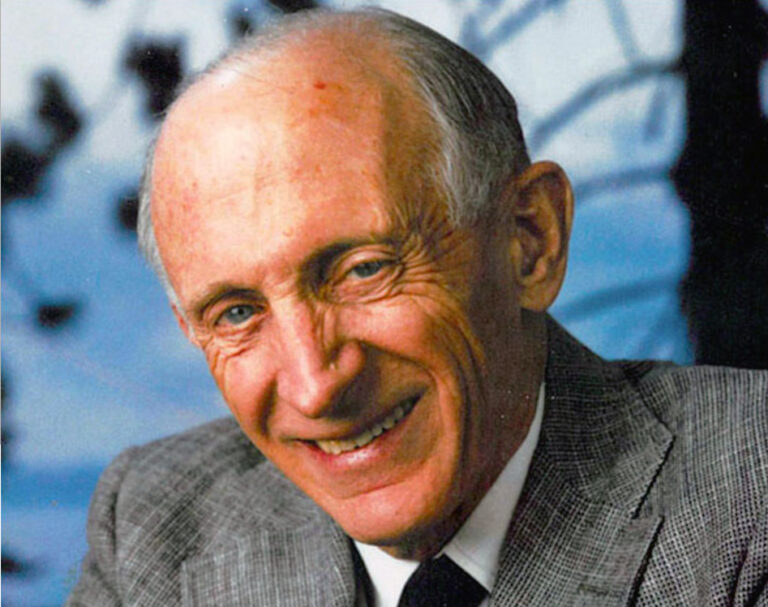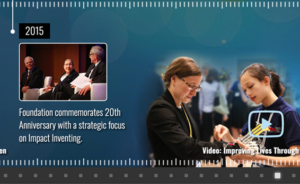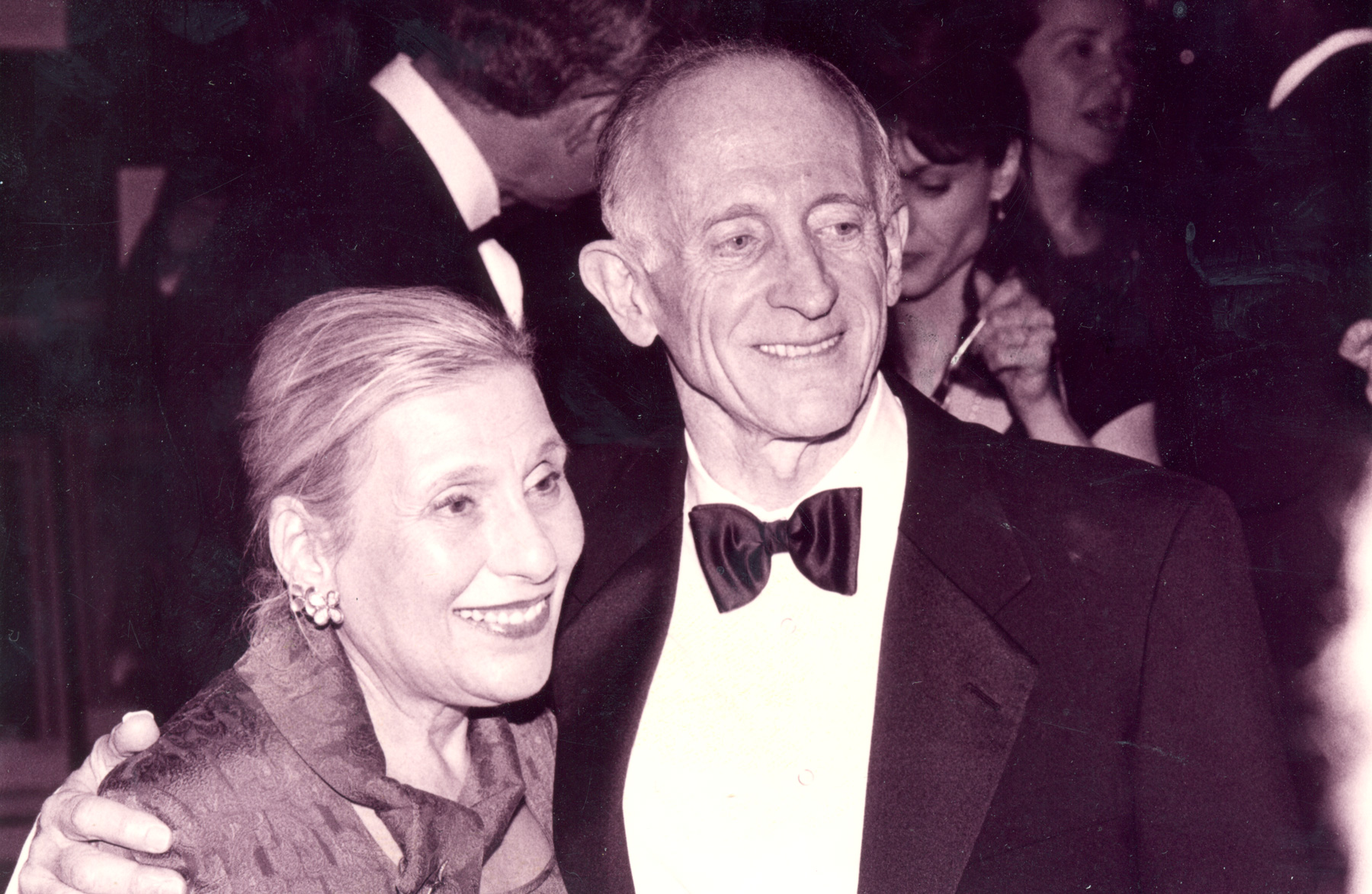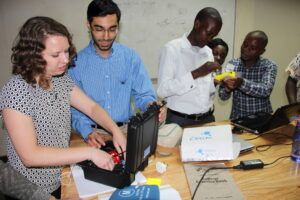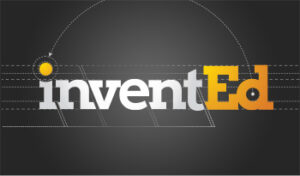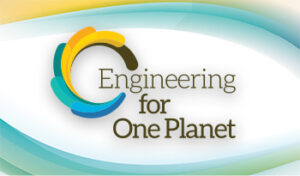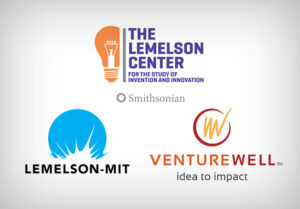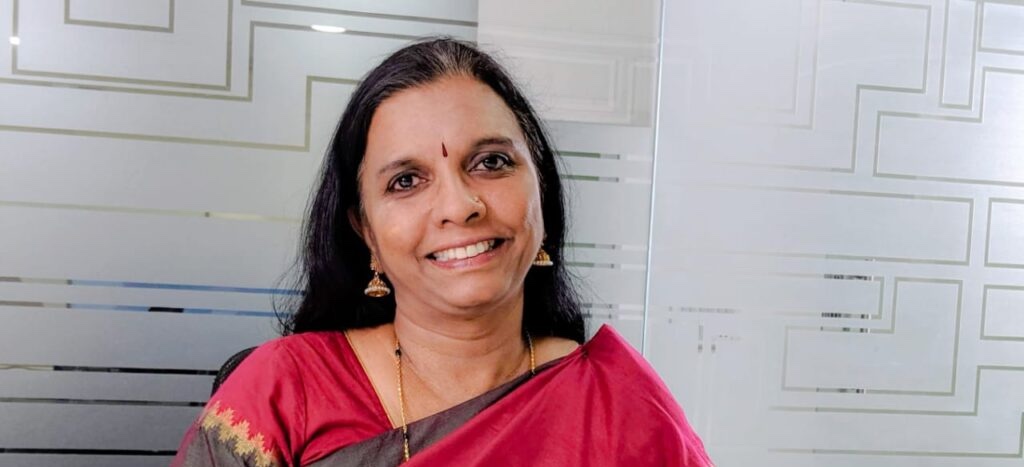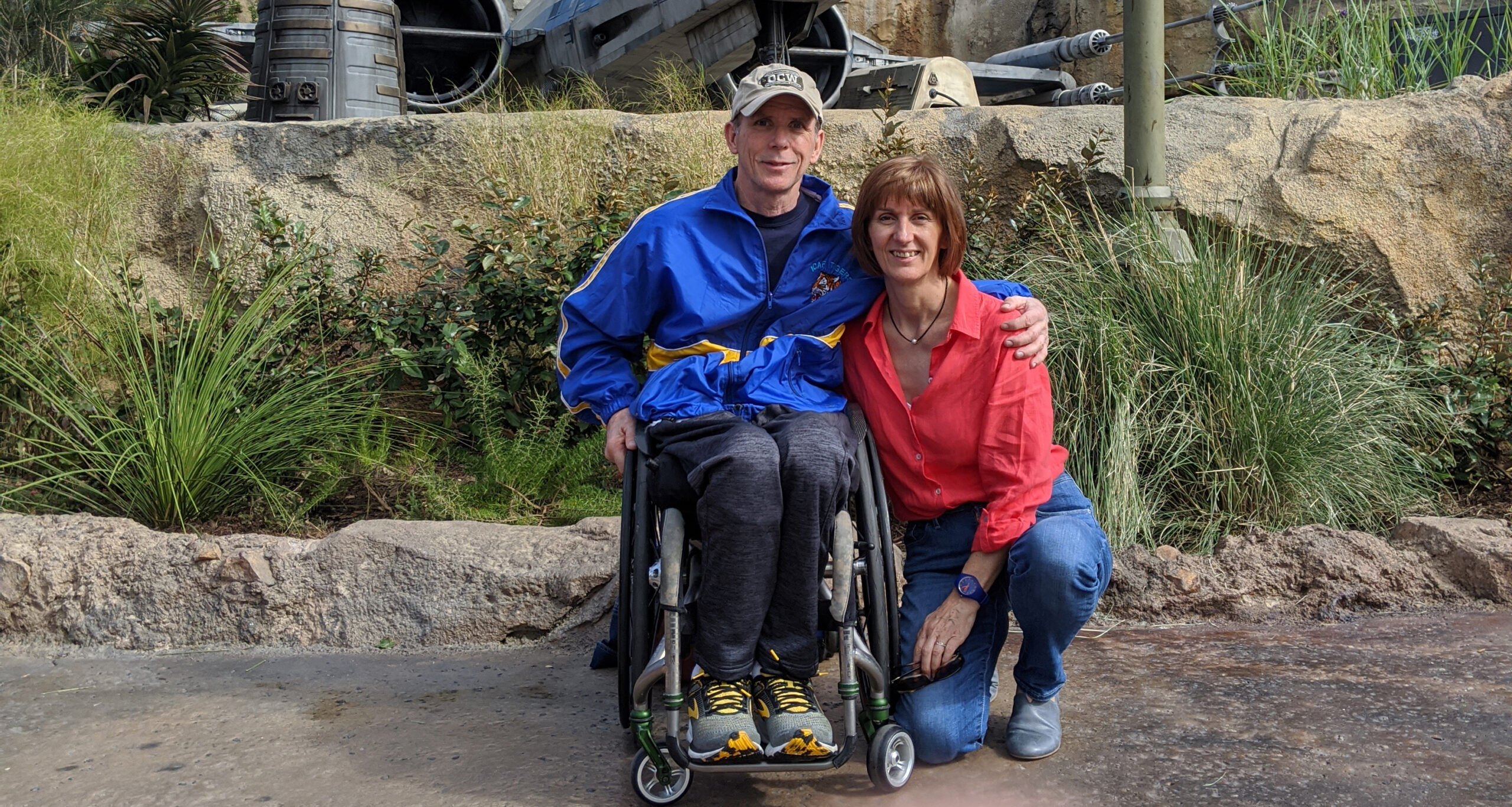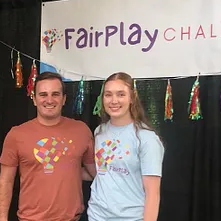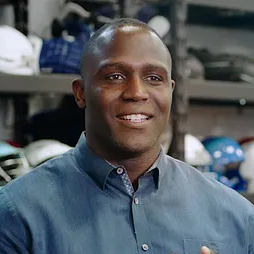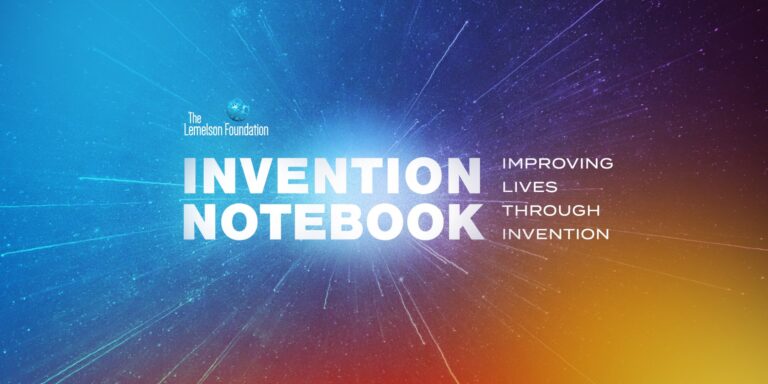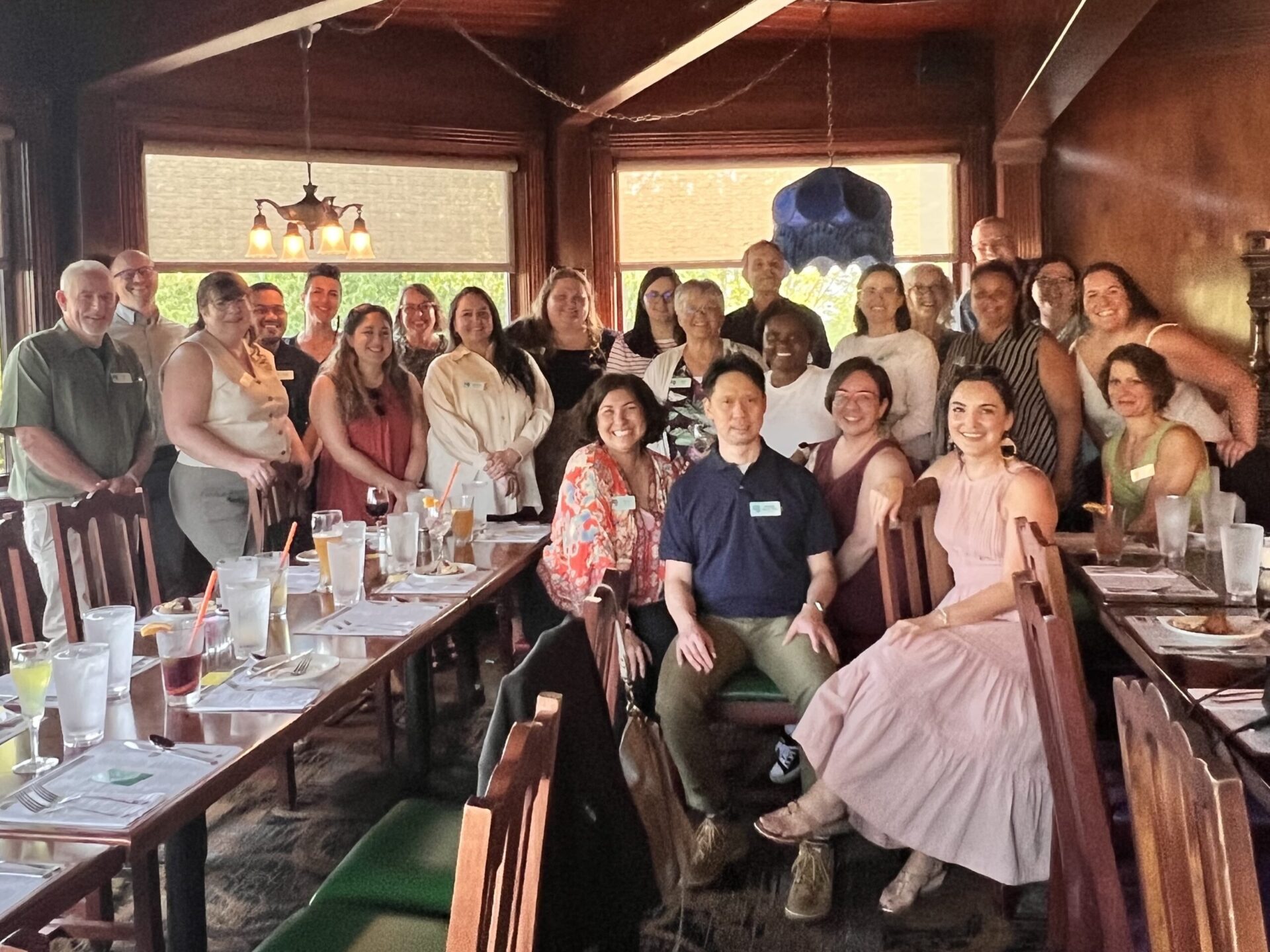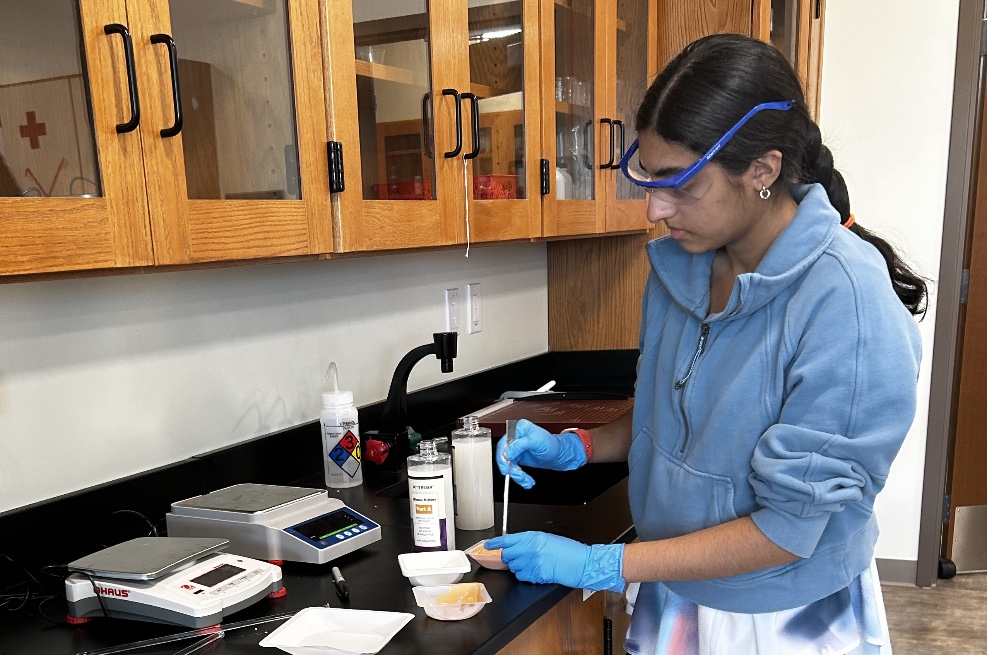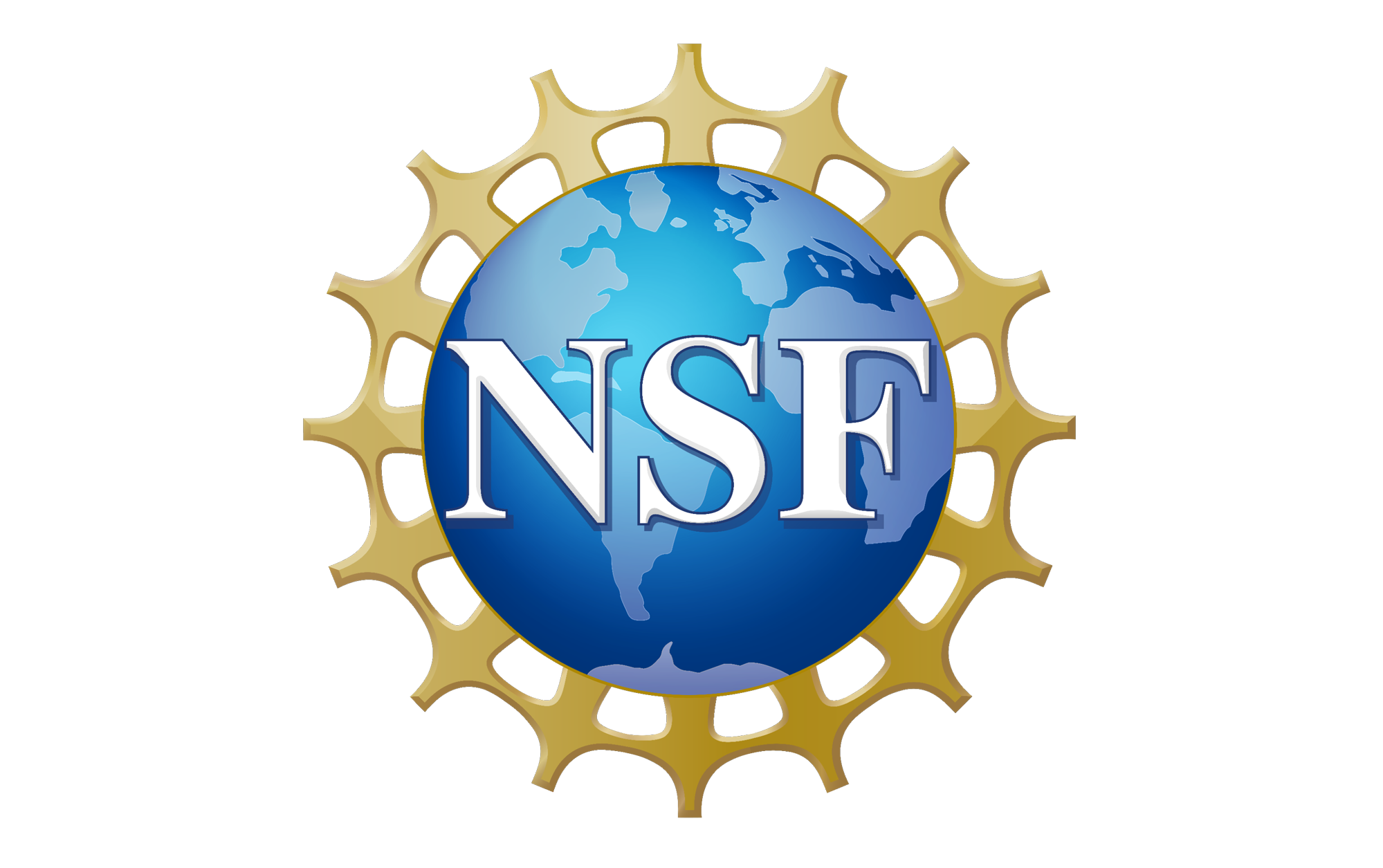Inventing Our Future: A National Inventors’ Day Celebration

min read

A message from Rob Schneider, Executive Director, The Lemelson Foundation
As our country commemorates National Inventors’ Day, it is fitting to reflect on the power of invention and the individuals who have shaped our world through their creativity and ingenuity. We at The Lemelson Foundation also honor and celebrate the extraordinary legacy of our founder, Jerome “Jerry” Lemelson.
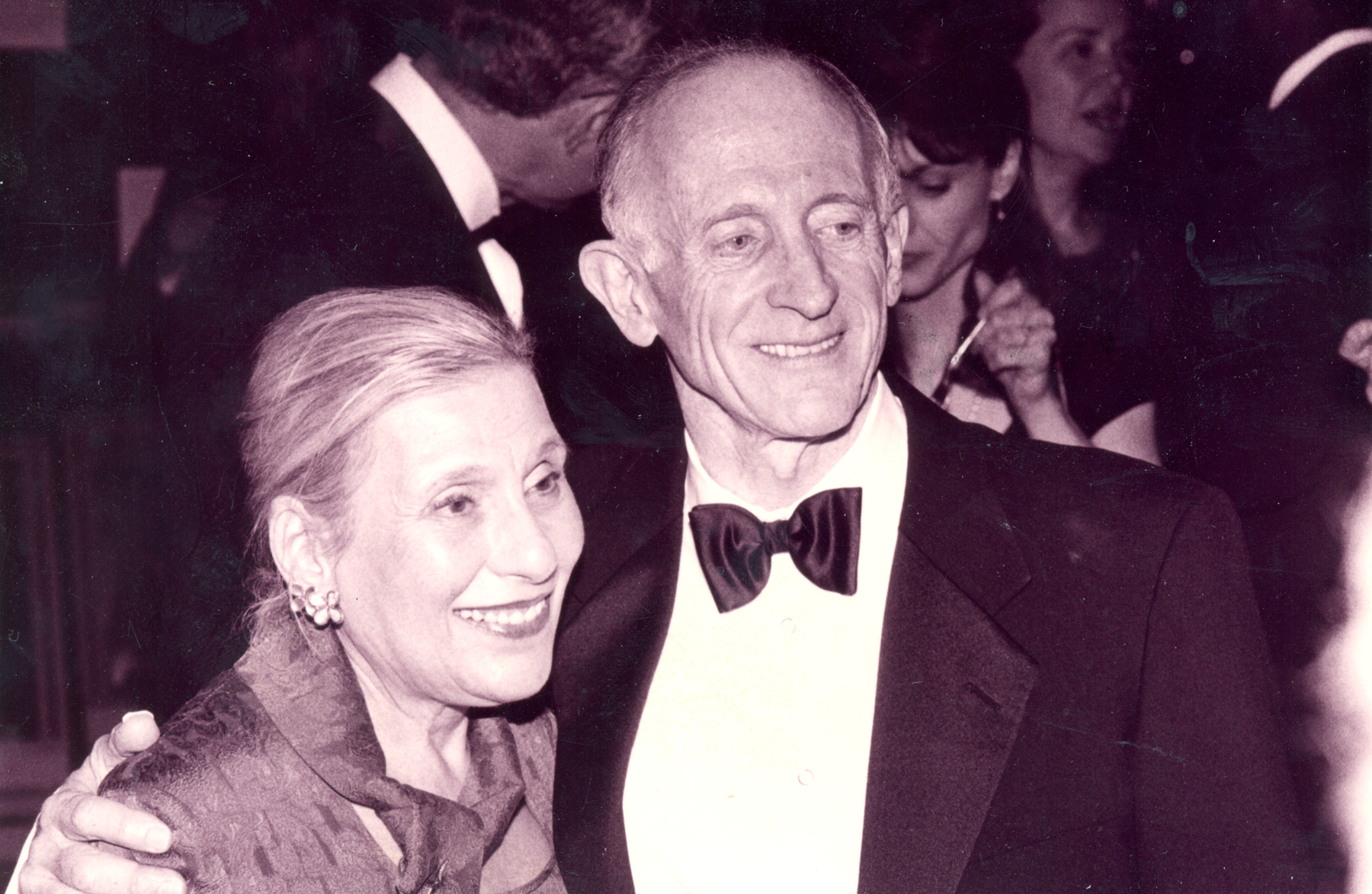
A true visionary, Jerry’s relentless pursuit of innovation has left an indelible mark on our world. As one of America’s most prolific and versatile inventors, his groundbreaking inventions contributed to VCRs and camcorders, cordless phones and data processing systems, and even toys like super soakers and flying model airplanes. Jerry truly revolutionized the way we live, work, communicate, and play.
The Lemelson Foundation, established by Jerry and his wife Dorothy, exists to advance Jerry’s legacy by harnessing the power of invention and innovation to solve global challenges and improve lives around the world. Our grantmaking and philanthropy serve to inspire and cultivate the next generation of inventors. We support the programs, businesses, and spaces that nurture young minds, foster creativity and curiosity, fuel a passion for problem-solving, encourage entrepreneurship, and provide a pathway for individuals to explore their curiosities and make a lasting impact on society.
As our planet faces unprecedented challenges — from the escalating climate crisis to the looming threat of resource depletion — the imperative to foster inventive mindsets has never been more urgent, for individuals and societies alike. It’s a mindset characterized by curiosity, open-mindedness, and a willingness to challenge the status quo — and it recognizes that problems are not merely obstacles, but opportunities for growth and innovation. Through creativity, collaboration, and perseverance, we can discover the solutions needed to address the pressing issues of our time.
Here is how we can cultivate inventive mindsets on an individual level:
- We must start by fostering curiosity. We must ask questions, explore new ideas, and be open to different perspectives. We must be willing to step outside of our comfort zones and embrace uncertainty, even failure. Only then will we begin to unlock our full potential and discover new and innovative solutions to the global, national, regional, and local challenges we face.
- We must develop strong problem-solving skills. This involves being able to identify the problems, analyze their root causes, and develop creative, effective, and collaborative solutions. It requires us to think critically, invite others in, and be willing to fail and learn from our mistakes.
- We must commit to make a positive impact on the world. We must identify local challenges and work to develop sustainable and just solutions that will improve our lives and the lives of others. By focusing on creating a better future for ourselves and for generations to come, we can harness the power of invention to address the pressing issues of our time.
Here at The Lemelson Foundation, we know that change must also involve the next generation. We must go beyond lip service, take concrete action, and invest in our future through inspiration and preparation.
Here is how we can ensure that an invention education approach — one that follows the methods that inventors use to solve problems — reaches all students:
- Prioritize STEM Education.
- Inspire students to see themselves as creative problem-solvers and inventors of the future.
- Focus on experiential learning and real-world problem-solving inside and outside the classroom and in all subjects.
- Invest in maker spaces, STEM and STEAM labs, and outdoor learning environments that inspire curiosity and experimentation.
- Explore programs like Oregon MESA, Invention Convention, FIRST Robotics, Camp Invention, and others that foster creativity and problem-solving outside of the classroom.
- Support programs that foster creativity and problem-solving within low-income and diverse communities.
- Invest in research to understand how to effectively engage students in meaningful, joyful, and real-world learning.
- Embrace Diversity and Inclusion.
- Actively recruit underrepresented groups into STEM and STEAM programs and create inclusive learning environments.
- Pair diverse students with role models in STEM fields to provide guidance and inspiration.
- Highlight the achievements of diverse inventors throughout history to inspire the next generation.
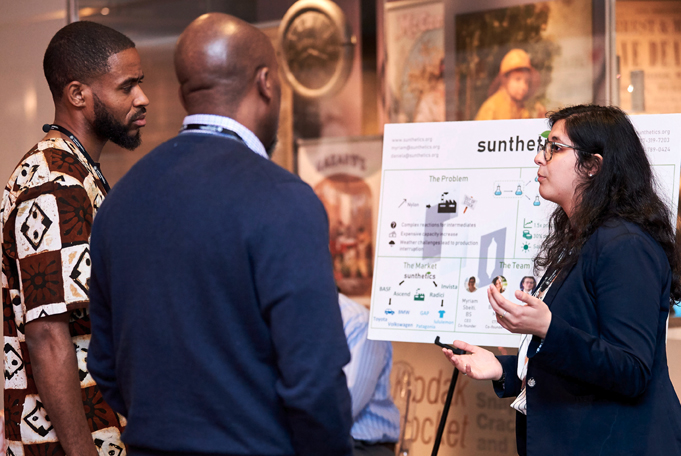
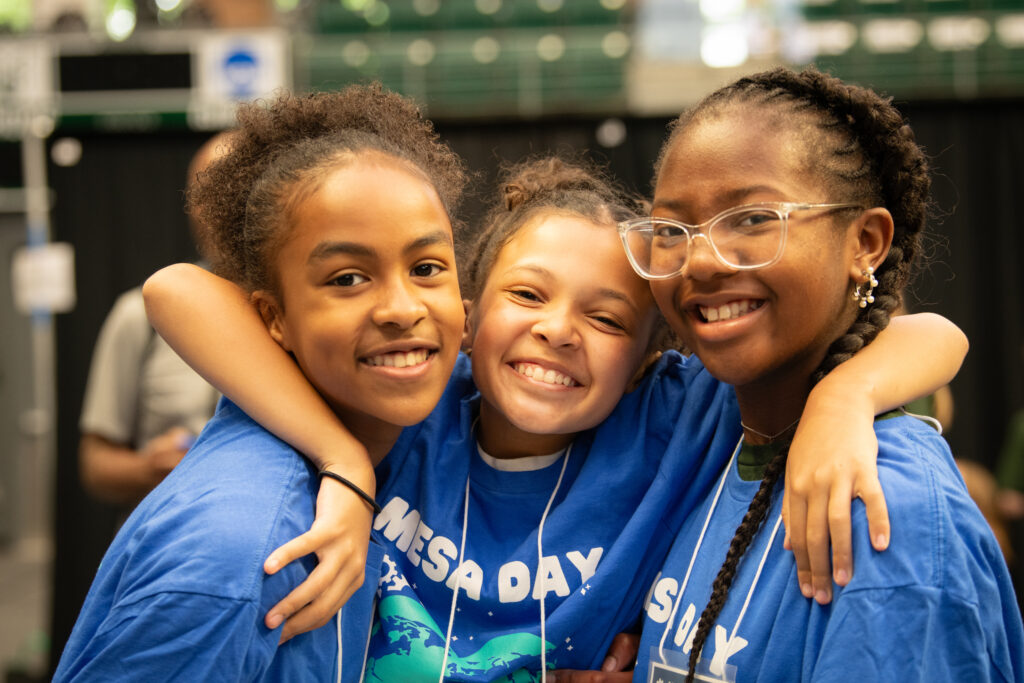
- Celebrate Curiosity and Experimentation.
- Emphasize the importance of learning from failures and viewing mistakes as opportunities for growth.
- Create a safe and supportive environment where students feel comfortable exploring new ideas and taking calculated risks.
- Recognize failure as a natural part of the inventive process and use it as a learning opportunity.
- Explore the History of Invention.
- Organize trips to museums like the Smithsonian Institution, The Henry Ford Museum, the National Inventors Hall of Fame, and other cultural landmarks that showcase the history of invention.
- Connect with real-world inventors and entrepreneurs through programs like Lemelson-MIT and VentureWell for inspiration and enrollment in program opportunities.
- Explore the stories of individual inventors like Jerry Lemelson and the challenges they overcame to create groundbreaking solutions.
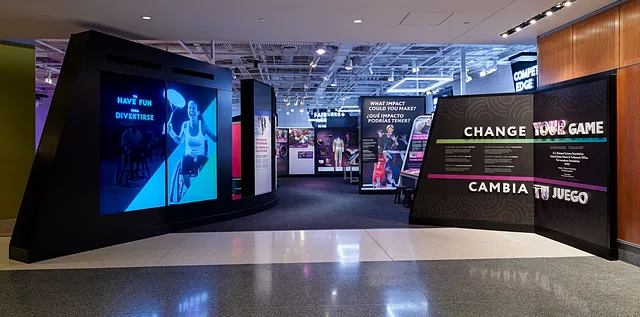
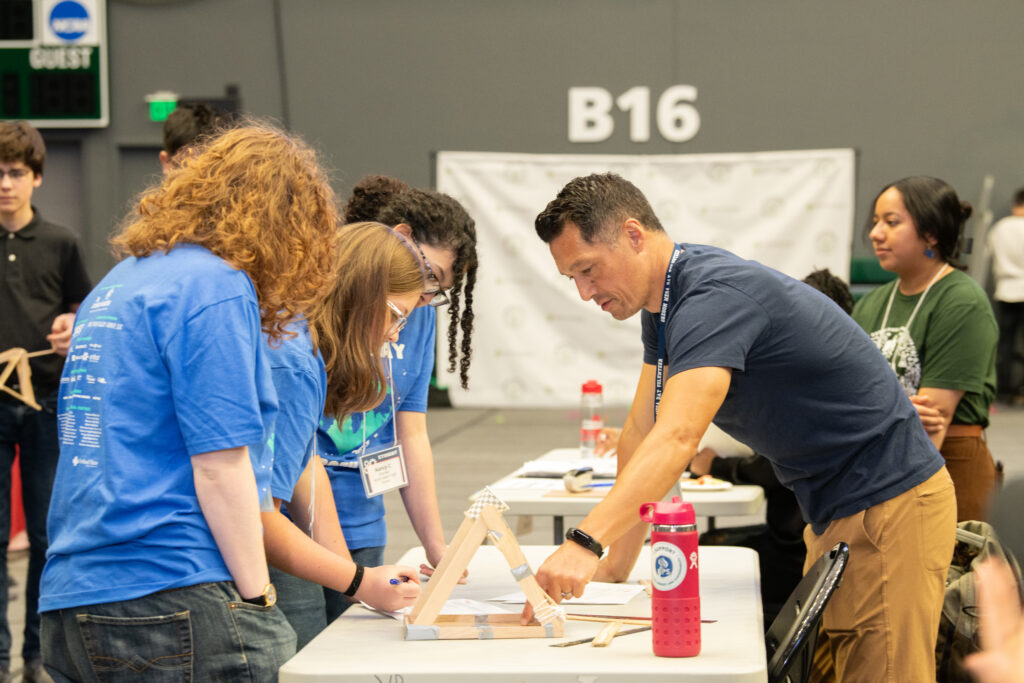
There are so many ways we can engage with our own inventive potential, and create a future where everyone has the opportunity to become a creator, problem-solver, and innovator!
On this National Inventors’ Day, I invite you to join The Lemelson Foundation in celebrating the power of human ingenuity and the countless individuals — established and emerging young inventors shaping our shared future — who have contributed to our present world through their inventions.
Let us be inspired by the example of Jerry Lemelson and strive to cultivate a culture of innovation and creativity, and ignite the spark of invention in ourselves and those around us.
Together, we can invent a brighter future for ourselves and for generations to come.

Important Disclaimer: The content on this page may include links to publicly available information from third-party organizations. In most cases, linked websites are not owned or controlled in any way by the Foundation, and the Foundation therefore has no involvement with the content on such sites. These sites may, however, contain additional information about the subject matter of this article. By clicking on any of the links contained herein, you agree to be directed to an external website, and you acknowledge and agree that the Foundation shall not be held responsible or accountable for any information contained on such site. Please note that the Foundation does not monitor any of the websites linked herein and does not review, endorse, or approve any information posted on any such sites.

